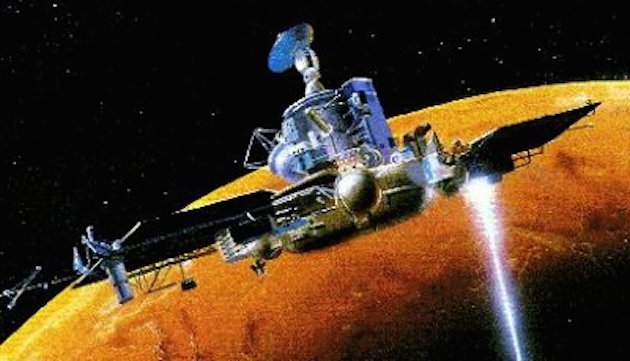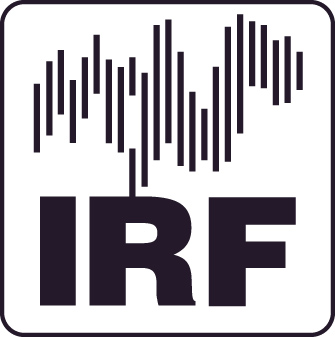
Phobos - 1 and 2

Phobos satellite
Phobos -1 and 2 were two Russian interplanetary probes launched on July
7 and 12, 1988. The mission had three scientific objectives and
corresponding phases: investigations of the Sun and interplanetary
space during the cruise phase , studies of Mars and its moon Phobos
from a circular Martian orbit, and investigation of Phobos during a
close 50-m approach. Contact with Phobos 1 was lost on September 1,
1988 and the contact was lost with Phobos 2 just before the final phase
of the mission.
| Period of operation: |
July 7 - September 1, 1988 (Phobos -1)
|
|
July 12, 1988 - March 27, 1989 (Phobos - 2)
|
| Orbit: |
Elliptical 840-870 x 44480, equatorial
|
|
Circular 9670 km, equatorial
|
| IRF instrument: |
ASPERA, an electron spectrometer and ion mass analyzer (PI:
Rickard Lundin)
|
| Contact: |
Stas Barabash
|
| Project description: |
Nature, 341, 6243, 19 October 1989
|
|
Planetary and Space Science, 39, No. 1/2, 1991
|
| Result highlights: |
More than 50 papers based on the ASPERA data have been
published. The main discover made is the atmospheric escape
induced by the solar wind is a significant sink of the planetary matter
over the cosmogonic time scale (Lundin, R. and E. Dubinin, Phobos-2
results on the ionospheric plasma escape from Mars, Adv. Space Res.,
12, No. 9, (9)255-(9)263, 1992).
|
External links:
[IRF Home] [SSPT Home]
Last update 2004-10-11
by Andreas Ekenbäck




